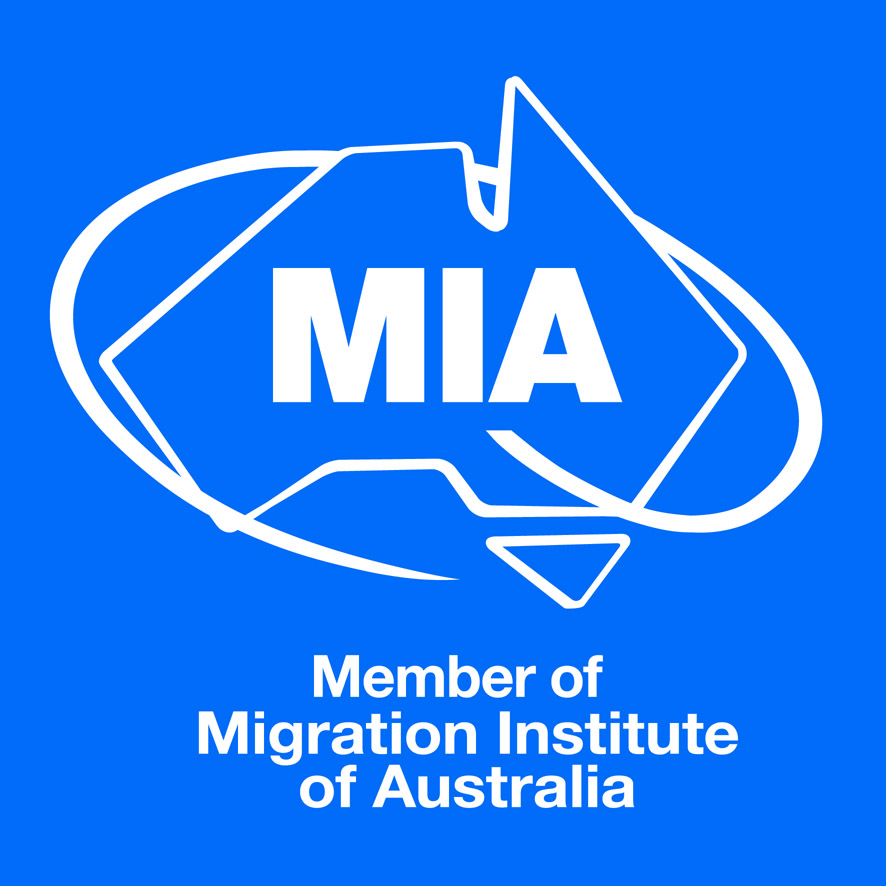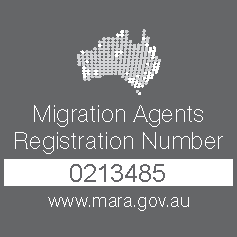Temporary protection visas (TPV) are for people who arrive in Australia without a visa wishing to seek asylum.
To be considered a refugee in Australia, asylum seekers must be assessed to ensure they meet certain legal criteria. The Migration Act 1958 (‘the Act’) defines a refugee as a person in Australia who is:
- Outside their country of nationality or former habitual residence (their home country) and
- Due to a well-founded fear of persecution is unable or unwilling to return to their home country or is unable or unwilling to avail themselves of the protection of that country.
A person can also become a refugee after arriving in Australia. This can happen if there is a change of circumstances in their home country or a change in personal circumstances that has left them with a fear of persecution were they to return to their home country. A person who leaves their home country due to war, famine, or because they are seeking better economic opportunities may not be a refugee as defined in the Act.
What is a Well-founded Fear of Persecution?
The Act states that a person has a well-founded fear of persecution if:
- They fear persecution for one of the following five reasons:
- Race
- Religion
- Nationality
- Membership of a particular social group
- Political opinion
- There is a real chance that they would be persecuted for one or more of the above reasons if they return to their home country.
- The real chance of persecution relates to all areas of their home country.
- At least one of the five reasons above is the essential and significant reason for the persecution.
- Their persecution involves both serious harm to the person and systematic and discriminatory conduct.
A temporary protection visa allows holders to live, work and study in Australia temporarily for up to three years. They may also:
- Access government services such as Medicare (healthcare insurance scheme), Centrelink (delivers income support and other payments to Australians) and Workforce Australia (an employment service).
- Access short-term counseling for torture and trauma if required.
- Attend English language classes for free, if eligible.
- Travel overseas to countries other than their home country if they obtain written approval to travel due to compassionate or compelling circumstances.
Applicants must apply for a temporary protection visa while in Australia. For those wishing to stay longer than the three years granted on a temporary protection visa, they can apply for a subsequent temporary protection visa however, it will only be available if the applicant still requires Australia’s protection and is not barred from lodging a further application.
What Are the Reasons Why Someone May Not be Granted a Temporary Protection Visa?
Applicants may not be eligible for a temporary protection visa if they:
- are an unauthorised maritime arrival.
- were cleared by immigration when they arrived in Australia.
- have been refused a protection visa since their last arrival in Australia.
- have had a protection visa canceled since their last arrival in Australia.
- hold or held a Humanitarian Stay (Temporary) (subclass 449) visa since they last entered Australia.
- are a transitory person.
The Minister has the power to lift any of these application bars. If an application is affected by any of these bars, the applicant will be notified.
If you would like to learn more about any aspect of migration, contact the team at Visa Solutions Australia. Book a consultation.







